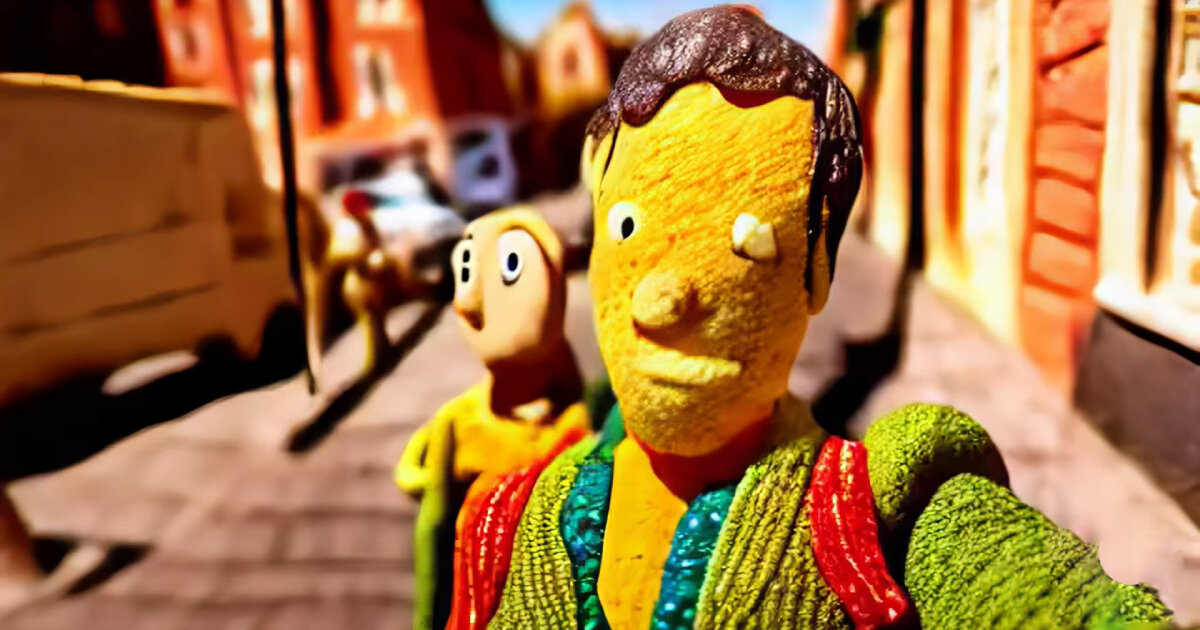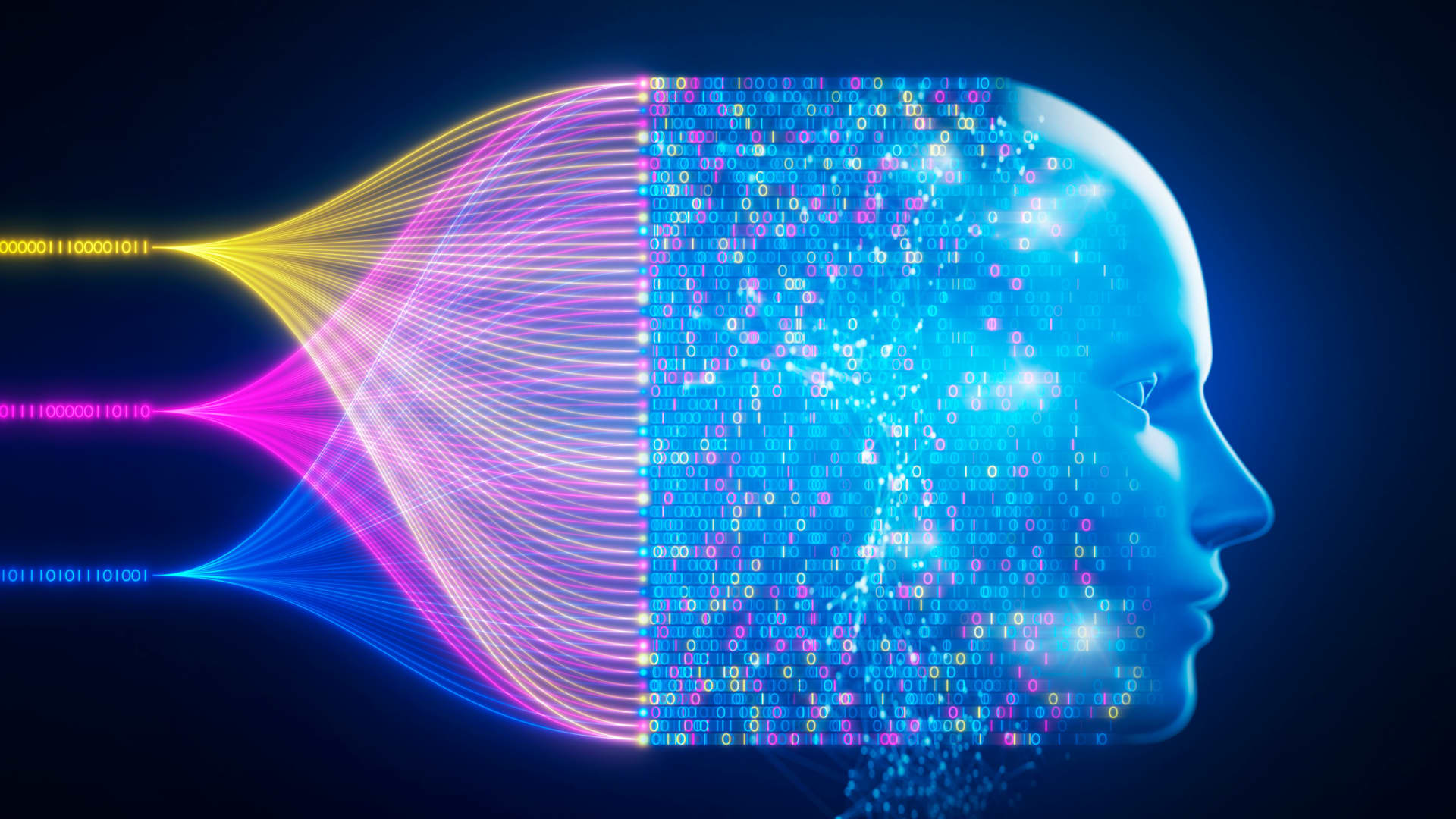
In the rapidly evolving world of AI-generated content, consistency has long been a challenge. However, Runway, a standout in the AI video startup landscape, has just rolled out its most advanced tool yet: the Gen-4 video synthesis model. Available to paid users starting today, this model promises to address the key issues that have plagued AI video generation, particularly the challenge of maintaining consistent characters and objects across different scenes and shots.

Solving the Consistency Problem in AI Video
AI-generated videos, especially in their early iterations, often felt disjointed. Whether it was a character who seemed to change faces from scene to scene or objects that lacked continuity across shots, early AI tools were far more dream-like than realistic. They captured moods and themes but struggled to create coherent narratives. This inconsistency made it difficult for filmmakers to craft stories that felt grounded in reality.
With the introduction of Gen-4, Runway aims to change all that. By allowing users to provide a single reference image of a character or object, the Gen-4 model can now maintain continuity across various scenes, even when the environment, lighting, or angle changes. This breakthrough is particularly significant for filmmakers who want to capture the same subject from different perspectives without losing realism.
Runway’s example videos, which showcase the same woman appearing in different scenes, highlight the model’s capability to preserve the character’s appearance across various settings. Similarly, the model demonstrates how objects like statues can maintain their form and texture in different contexts, further cementing the technology’s potential for creating fully realized video content.

Achieving Multiple Angles in a Single Scene
One of the more revolutionary aspects of Gen-4 is its ability to generate consistent coverage of the same environment or subject from multiple angles across several shots in a sequence. This was a significant challenge for previous models like Gen-2 and Gen-3, which often struggled to create believable transitions and viewpoints within the same scene. Filmmakers using Gen-4 will now be able to piece together a video that flows smoothly from one shot to another, giving them the ability to approach their creative vision with far more flexibility.
While Gen-2 and Gen-3 models were notable for improving the length of videos (with Gen-3 offering up to 10 seconds of continuous footage), they were still limited in their ability to generate realistic multi-angle scenes. Gen-4 resolves this by providing tools that can maintain both stylistic integrity and spatial continuity, ensuring that AI-generated video feels far more cohesive and polished.
Runway’s Journey: From Curiosity to Creative Tool
Runway has been on an ambitious path since releasing the first publicly available version of its video synthesis product in February 2023. Initially, Gen-1 creations were more of a curiosity than a tool for serious use, providing creative professionals with limited functionality. However, with each successive update, Runway has improved its offerings, turning the tool into something that can be used for real projects.

The jump from Gen-1 to Gen-2 and then to Gen-3 marked notable improvements in both video length and coherence. But with Gen-4, Runway has finally taken a giant leap forward, addressing one of the most common complaints from users—consistent characters and objects across different shots. This update is a game-changer, bringing AI video creation closer to the level of traditional filmmaking while still retaining the flexibility and creative freedom that AI tools provide.
With the launch of Gen-4, Runway has positioned itself as a leader in the AI video synthesis space. The ability to maintain consistency in characters, objects, and environments is a crucial step toward making AI-generated video a viable tool for filmmakers and content creators. As AI continues to evolve, we can expect even greater advancements, but for now, Gen-4 stands as a milestone that has made AI video creation significantly more realistic and usable than ever before.
